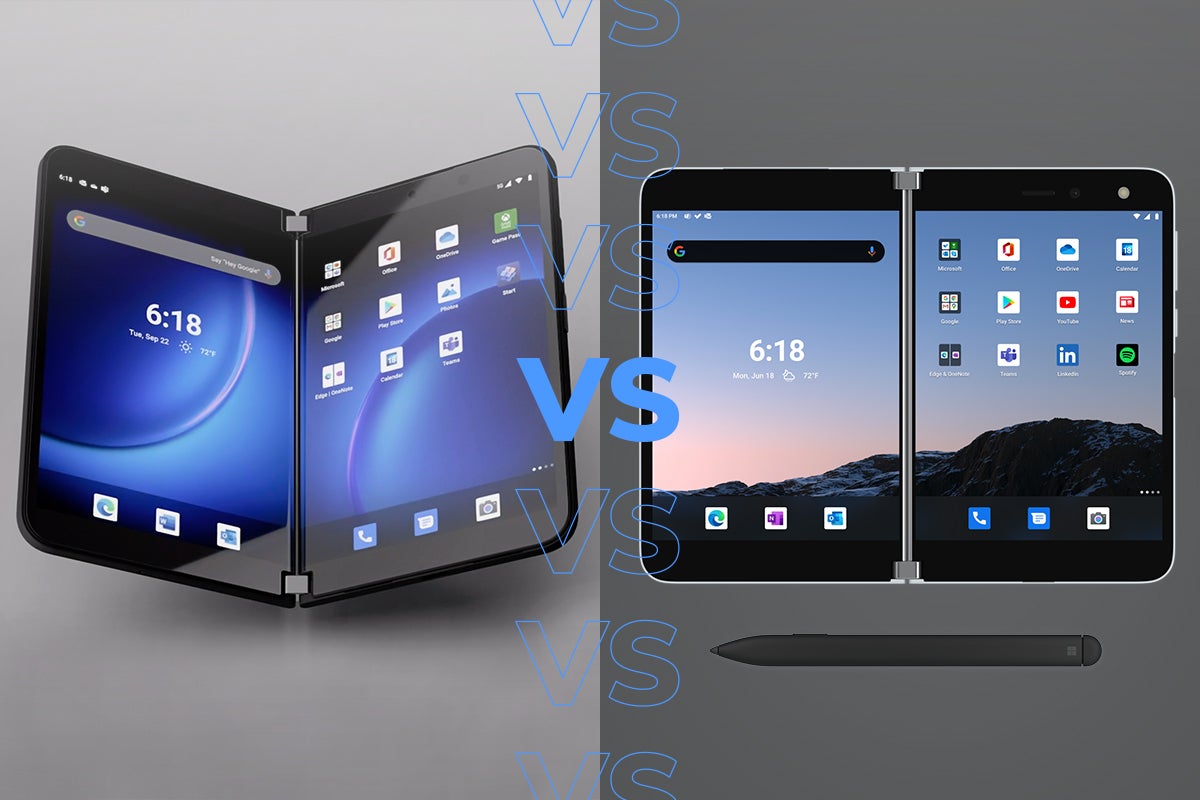Surface Pro 8 vs MacBook Pro: Can Microsoft tempt Mac users?
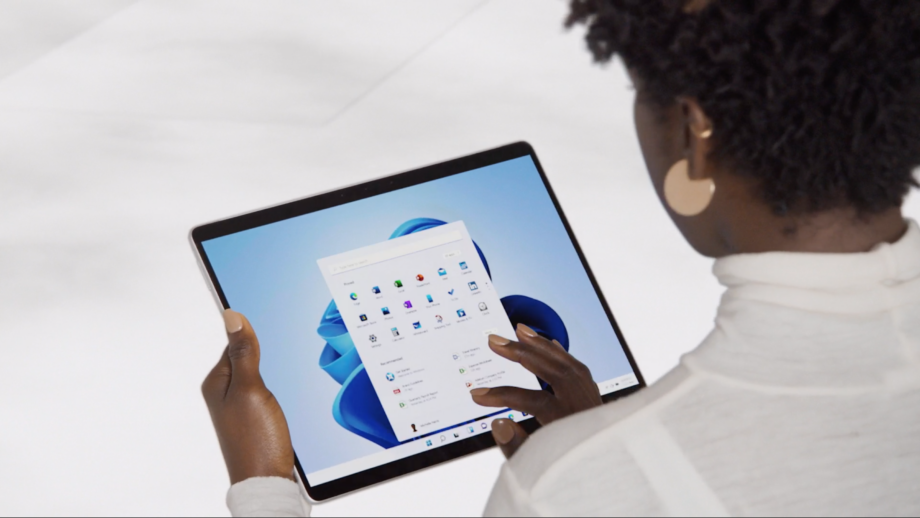
Microsoft’s long-awaited new Surface Pro 8 is here promising a massive power boost, better screen and improved battery life. How does it stack up to Apple’s latest MacBook Pro M1?
While the new Surface Laptop Studio hybrid may be the more natural rival for the MacBook Pro M1, there’ll also be PC-fanciers casting an eye over at the higher-specced version of the new Surface Pro 8.
Specs
The new Surface Pro 8 contains 11th-Gen quad-core Intel Core processor up to i7, which is 43% more powerful than the Surface Pro 7. There’ll also be an integrated Intel Xe GPU and a maximum RAM configuration of 32GB. There’s also Thunderbolt 4 support That’s great news for Windows aficionados looking for an upgrade, but what about those on the other side of the operating system divide?
The current Intel configuration of the MacBook Pro offers a quad-core 2.0GHz (boosted to 3.8GHz) 10th-generation Intel Core i5 or a 2.3GHz quad-core i7 Processor (boosted to 4.1GHz). 32GB of RAM is also available.
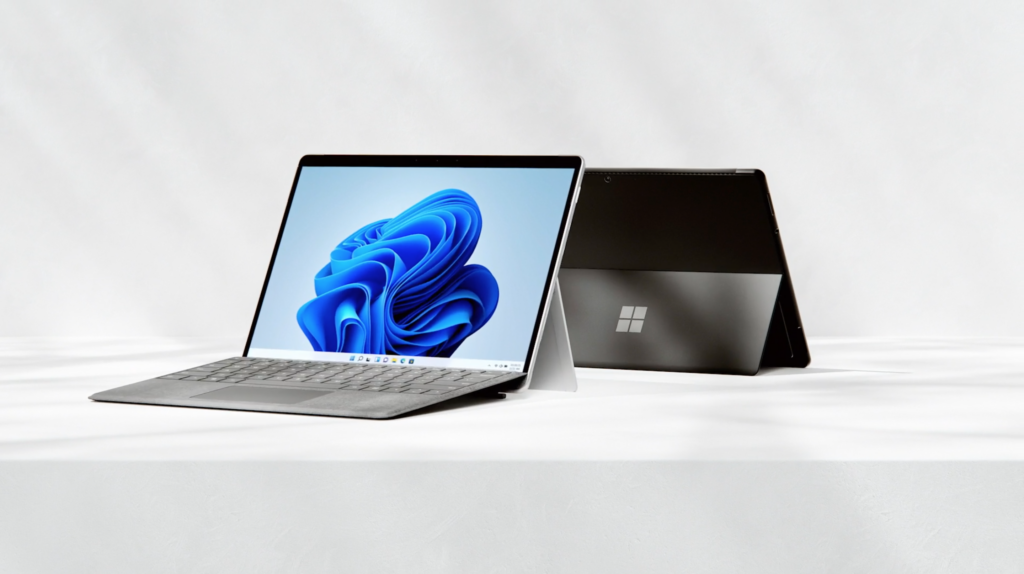
The Intel version of the device offers four Thunderbolt 3 USB-C ports for charging, monitors and other peripherals. Storage maxes out at 1TB SSD.
However, Apple is phasing out MacBooks running Intel processors in favour if its own Apple Silicon M1 (and future generation) chips. The most recent MacBook Pro features an 8-core M1 CPU combined with an 8-core GPU and up to 16GB of memory The max storage configuration is a 2TB SSD. The M1 MacBook Pro is also stuck with the older Thunderbolt 3 ports.
Apple believes the M1 chip’s CPU is 2.8x faster than the 10th generation Intel chip in the other model. A PassMark benchmark test also showed the M1 beat the Core i7-11700K CPU in single core performance. The Surface Pro 8 maxes out at the i7-1185G7 processor.
Display
The Surface Pro 8 has a 13-inch touchscreen with a new 120Hz refresh rate, which is up there with Apple’s iPad Pro range. This refresh rate will be handy when scrolling through pages on the touchscreen. In terms of resolution, it maxes out at 2736 x 1824 and there’s Dolby Vision HDR support. The display technology is still rooted in LCD, so there’s now OLED or Mini LED.
The MacBook Pro has two options, 13-inch and 16-inch. The smaller of the two devices is 13.3-inches, to be precise. The resolution is 2560 x 1600 pixels with up to 500 nits of brightness. It also benefits from the LED-backlit technology.
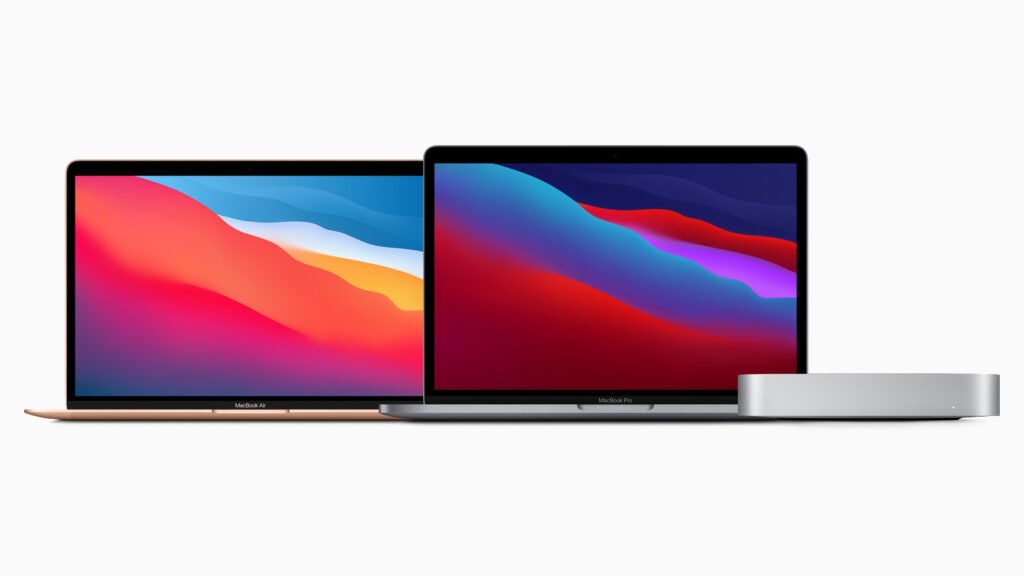
There’s no touchscreen available here, so if this is important to you, the best comparison to the Surface Pro 8 is the iPad Pro.
Design
The Surface Pro 8 range retains the same form factor, meaning it can be used as a straight up tablet or with the optional keyboard accessory. There’s not much change over the Surface Pro 7, but the bezels have been squeezed down a little. There’s also a new Surface Slim Pen 2 stylus that can be magnetically charged and stowed. That’s akin to the Apple Pencil that ships with iPad models.
The trusty MacBook Pro design hasn’t changed much in recent years. It does offer Touch ID via the keyboard, while Apple also offers the digital Touch Bar for faster access to app-specific features.
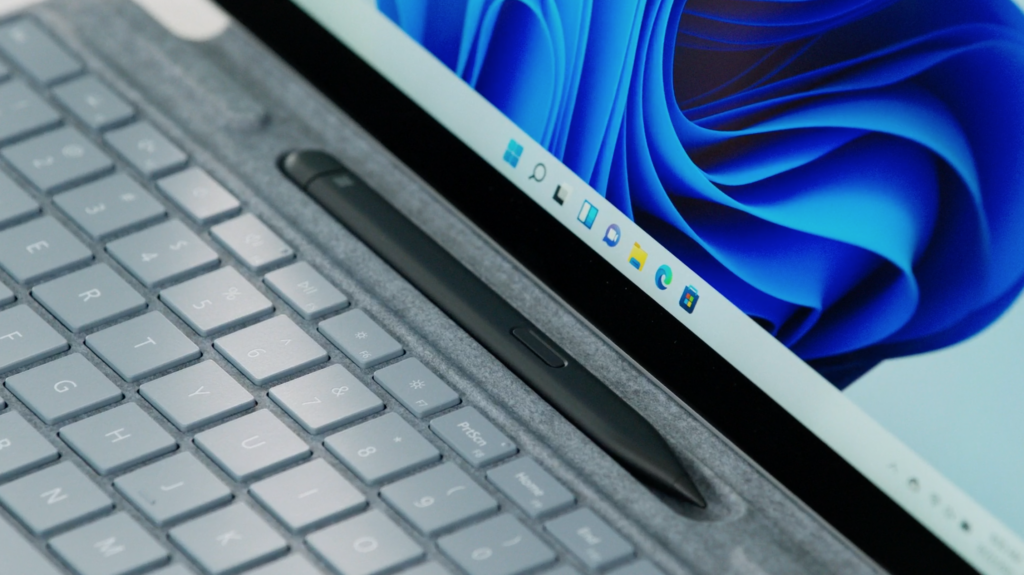
Battery Life
Microsoft is promising 16 hours of battery life with the Surface Pro 8. That’s from typical device usage. Some of that increase (the Surface Pro 7 offered 10.5-hours) is down to the power efficiency improvements offered by the 11th-gen Intel Core processors.
The MacBook Pro M1 promises up to 17 hours of wireless web use, while you’ll get 20 hours of playback from the Apple TV app.
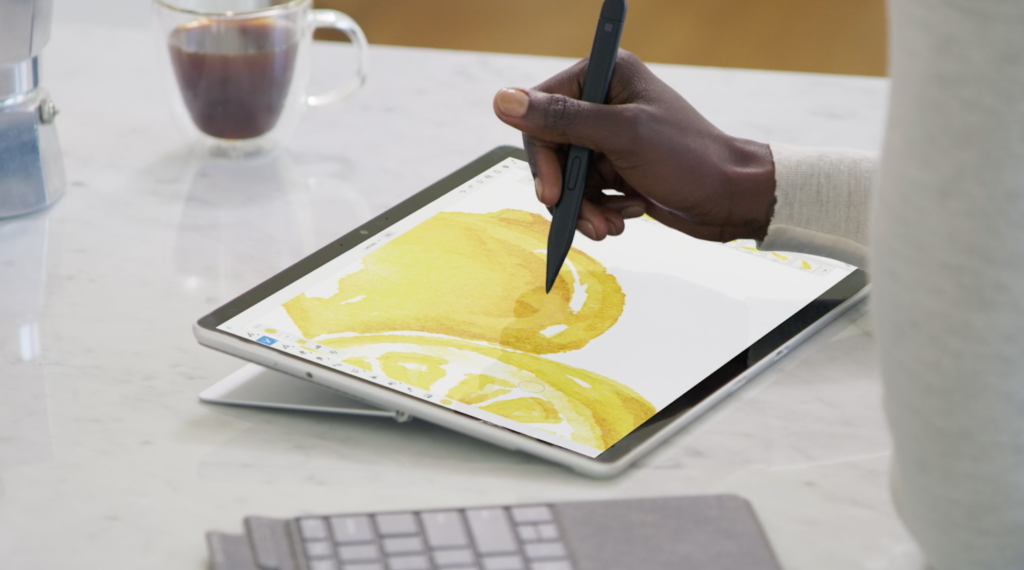
Price
The Surface Pro 8 starts at £999/$1,099.99 for the i5, with 8GB of RAM and a 128GB SSD. That rises to £2,059 at the top configuration. The 13-inch MacBook Pro M1 starts at £1,299/$1,299 and ranges up to £2,299/$2,299 for the 16GB RAM, 2TB SSD configuration.



